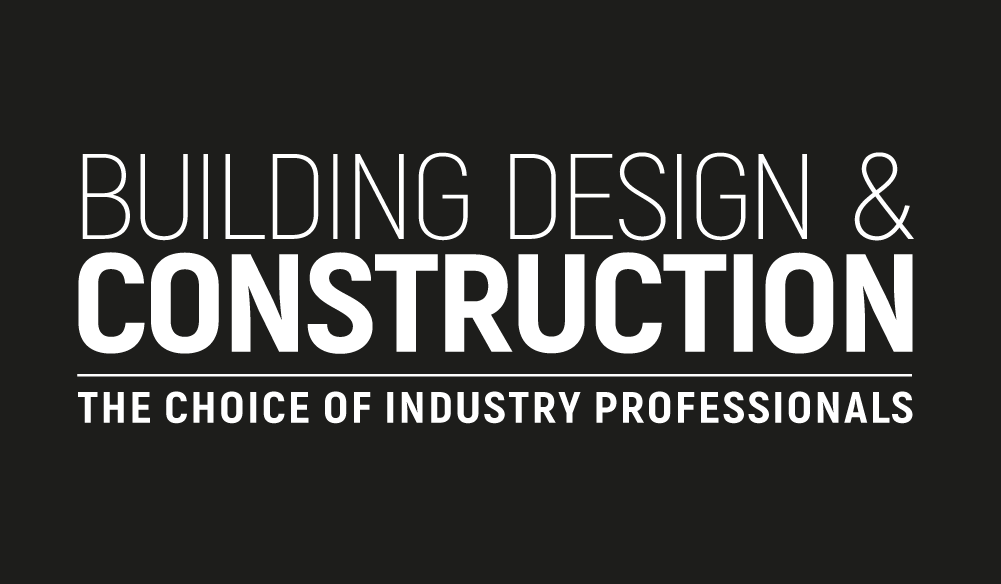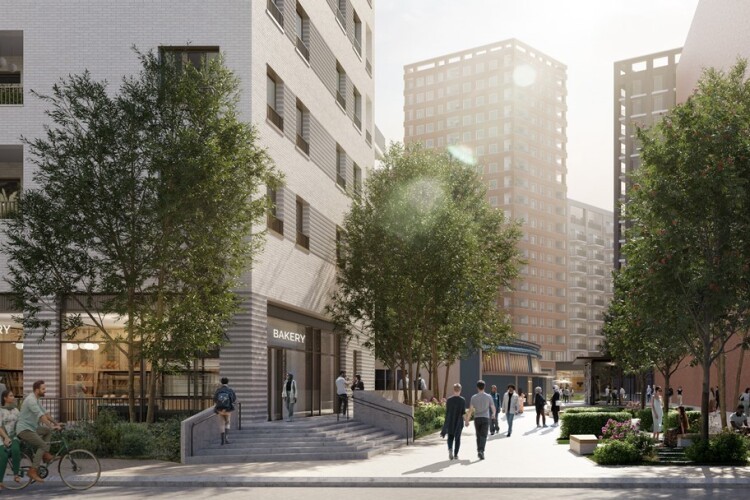The workplace has undergone a radical transformation over the past few years. With the rapid adoption of hybrid work models, a renewed focus on employee wellbeing, and an increased emphasis on flexible work environments, office design has shifted from a static, uniform concept to a more dynamic and human-centered approach. At the heart of this evolution lies an element often underestimated in its influence: office furniture. No longer limited to simple desks and chairs, modern office furniture plays a pivotal role in shaping productivity, wellbeing, sustainability, and organizational culture. Many businesses are recognising the value of investing in ergonomic, adaptable furnishings to support their evolving workforces — with many turning to providers like ChairOffice to help create comfortable, efficient, and flexible workspaces that meet these new demands. This article explores the emerging trends, challenges, and opportunities that are redefining the role of office furniture in contemporary workplace design. From Utility to Strategic Asset: The Changing Perception of Office Furniture In the past, office furniture was often treated as a procurement task focused on cost efficiency and uniformity. Rows of identical desks and rigid chairs filled large open-plan offices, prioritizing maximum occupancy over employee comfort. However, today’s businesses recognize that office design directly influences key metrics such as employee engagement, retention, collaboration, and even mental health. As a result, furniture is now viewed as a strategic investment rather than a commodity. Workplace design firms and HR departments are collaborating to create environments that not only accommodate work but actively enhance performance. Thoughtfully designed furniture solutions support various work modes — whether it’s collaborative brainstorming, focused solo tasks, or informal social interactions. Ergonomics at the Forefront of Design Ergonomics has become a non-negotiable factor in office furniture selection. Prolonged sitting, poor posture, and repetitive strain injuries have long plagued office workers, leading to increased absenteeism, reduced productivity, and costly health claims. Modern ergonomic solutions are highly adaptable, allowing employees to adjust seating, desk height, monitor position, and lighting to suit their personal comfort needs. Sit-stand desks, lumbar-support chairs, and flexible monitor arms are now commonplace in forward-thinking offices. The Occupational Safety and Health Administration (OSHA) in the United States emphasizes the critical role of ergonomics in preventing work-related musculoskeletal disorders (source). By prioritizing ergonomic furniture, businesses are not only protecting their workforce but also improving productivity and long-term employee satisfaction. Providers like ChairOffice offer a wide range of ergonomic seating and desk solutions that support these health-focused initiatives while fitting seamlessly into contemporary office aesthetics. Supporting Hybrid and Activity-Based Work Models One of the most significant drivers of change in office furniture design has been the rise of hybrid work arrangements. Employees now split their time between home and office, requiring workspaces that support greater flexibility and personalization. Activity-based working (ABW) models have gained traction, encouraging employees to choose workspaces that match their tasks — quiet zones for focus work, collaborative hubs for meetings, and informal lounges for creative sessions. This shift demands modular, reconfigurable furniture that can easily adapt to changing needs. Mobile desks, movable walls, multipurpose tables, and stackable seating allow offices to transform quickly without major renovations. Furniture is no longer static; it’s expected to move, change, and evolve alongside business needs and employee preferences. The Rise of Resimercial Design Blending residential comfort with commercial functionality, “resimercial” design has become a major trend in modern workplace interiors. Comfortable seating, softer materials, warm lighting, and home-like textures create inviting spaces that foster relaxation, creativity, and social interaction. This approach recognizes that the traditional, sterile office environment no longer aligns with employee expectations, particularly after experiencing remote work. Employees now seek workplaces that offer the comforts of home while maintaining professional functionality. Office furniture companies are responding with product lines that balance these demands — combining durability and ergonomic design with softer aesthetics, curved edges, and varied materials. Sustainability in Office Furniture Manufacturing Sustainability is no longer a niche concern; it’s a core requirement for many businesses aligning with Environmental, Social, and Governance (ESG) goals. As such, office furniture manufacturers are increasingly adopting sustainable practices throughout the product lifecycle. Key sustainability trends include: Businesses are seeking certifications such as BIFMA LEVEL® and GREENGUARD to ensure their furniture choices meet rigorous sustainability and safety standards. For example, many UK and international office furniture suppliers are expanding their environmentally conscious product ranges to meet this growing demand from both corporate and public sector clients. Accommodating Neurodiversity and Inclusion Inclusive office design has gained well-deserved attention, and furniture plays a critical role in accommodating diverse employee needs. For neurodivergent individuals, highly stimulating open-plan offices can be overwhelming. Providing a range of work settings allows employees to choose environments that suit their sensory preferences. Sound-dampening furniture, private focus pods, adjustable lighting, and customizable seating arrangements help create more equitable and supportive work environments. As companies embrace diversity, inclusive design principles are becoming standard practice rather than an afterthought. Furniture flexibility enables organizations to create these adaptable spaces without extensive structural changes, making inclusivity more accessible and cost-effective. Technology Integration: Smarter Workspaces The integration of technology into office furniture is also evolving rapidly. As the Internet of Things (IoT) extends into workplace design, smart furniture solutions are emerging that monitor usage patterns, track occupancy levels, and even adjust ergonomics automatically. Examples of tech-enhanced furniture include: These innovations not only enhance user experience but also provide valuable data for facilities managers to optimize space utilization, reduce energy consumption, and plan future office configurations more efficiently. The Emotional Impact of Furniture on Company Culture Furniture also serves as a visual representation of company culture. An office furnished with rigid cubicles communicates hierarchy and formality, while open lounges and collaborative zones signal openness and creativity. By selecting furniture that aligns with company values, organizations can reinforce their brand identity and attract like-minded talent. For younger employees, in particular, the physical workspace plays a significant role in job satisfaction and loyalty. In industries competing for skilled workers, the office environment has become a crucial differentiator. Flexible, well-designed workspaces can













